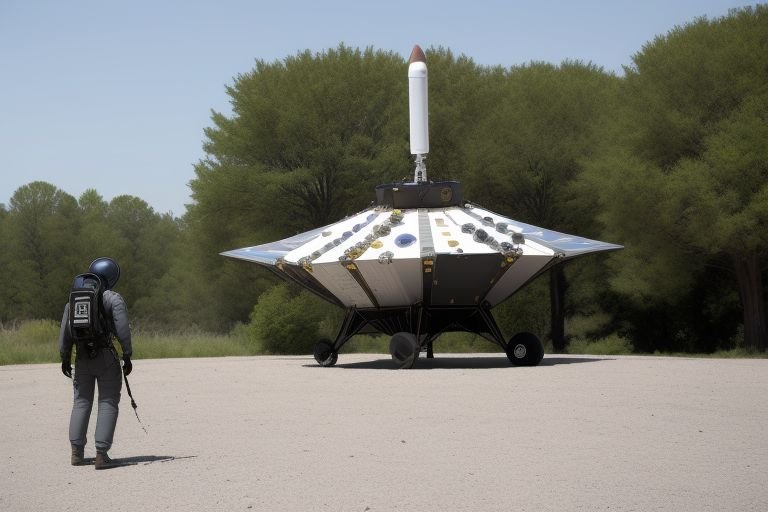In a significant advancement for planetary defense, NASA has officially activated its innovative asteroid defense system, designed to protect Earth from potential catastrophic impacts. This cutting-edge system, a testament to years of research and collaboration, marks a crucial step forward in our ability to detect, track, and potentially deflect asteroids that pose a threat to our planet.
Overview of the Asteroid Defense System
NASA’s new asteroid defense system integrates advanced detection technologies, orbital analysis algorithms, and deflection strategies to manage the threat posed by near-Earth objects (NEOs). This comprehensive approach not only enhances our understanding of these celestial neighbors but also prepares us to act should a dangerous situation arise.
Key Components of the System
- Enhanced Detection and Tracking: The system employs a network of ground-based telescopes and space-based sensors to identify and track NEOs. This network has been upgraded with the latest in optical and radar technology to improve detection sensitivity and tracking accuracy.
- Orbital Analysis and Prediction: Sophisticated computer models analyze the orbits of detected objects to predict their paths and assess potential collision probabilities with Earth.
- Deflection Capabilities: In the event of an impending collision, the system includes protocols for rapid response actions, including kinetic impactors and gravity tractors, which are spacecraft designed to alter an asteroid’s course away from Earth.
The Importance of Planetary Defense
The activation of this system comes in response to increased awareness of the potential dangers posed by asteroids. While large impacts are rare, even small asteroids can cause significant damage, as evidenced by the Chelyabinsk meteor in 2013, which injured over 1,000 people with its shockwave.
- Global Collaboration: This initiative has fostered international cooperation, with contributions from space agencies worldwide, sharing data and resources to bolster Earth’s defenses.
- Public Awareness and Education: Part of NASA’s strategy includes educating the public and policymakers about the risks and realities of NEOs, ensuring that asteroid defense remains a global priority.
Technological Innovations and Challenges
The development of the asteroid defense system has pushed the boundaries of space technology and science:
- Data Integration and Analysis: One of the system’s most significant challenges has been the integration of vast amounts of data from diverse sources into a coherent and responsive tracking system.
- Deflection Technology Development: The engineering of effective deflection missions involves numerous technical challenges, from spacecraft design to the execution of precise maneuvers in deep space.
Future Prospects and Enhancements
With the system now operational, NASA plans to continue refining its capabilities:
- Simulation Drills: Regularly scheduled simulation drills involving international partners will test the system’s effectiveness under various scenarios.
- Technological Upgrades: Ongoing technological upgrades will enhance the system’s detection and deflection capabilities. These include the development of faster, more robust computing systems and more sensitive detection equipment.
- Research and Development: Continued research into asteroid composition and behavior will improve understanding and inform future deflection strategies.
Conclusion
NASA’s activation of its asteroid defense system represents a monumental achievement in the field of planetary defense. By leveraging advanced technologies and international collaboration, this system not only enhances our ability to protect Earth from celestial threats but also symbolizes a remarkable human achievement in our ongoing relationship with space. As we look to the future, the continued development and refinement of this system will be critical in safeguarding our planet from the unknown challenges of the cosmos.




















+ There are no comments
Add yours